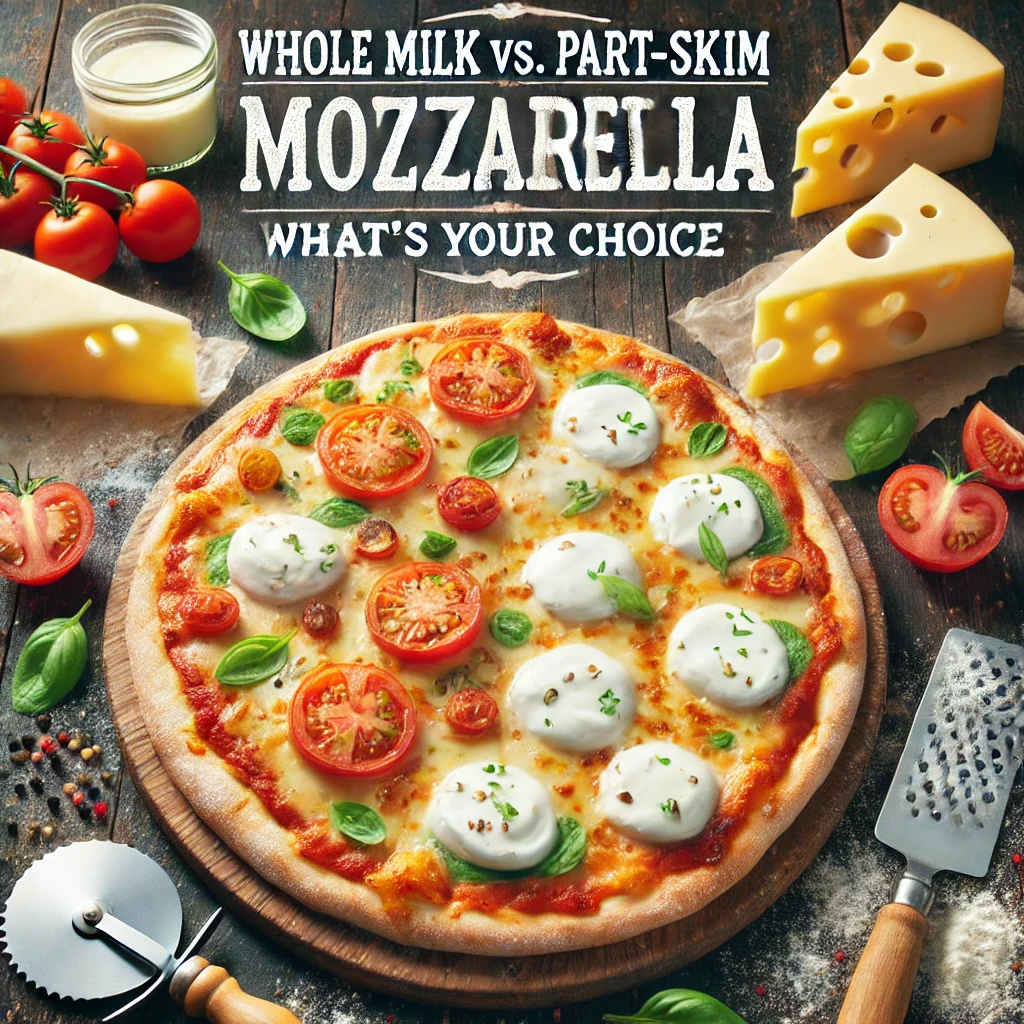When it comes to pizza, mozzarella cheese is an essential ingredient that plays a pivotal role in creating that gooey, melty goodness we all love. But have you ever wondered about the origins of part-skim mozzarella cheese? While it may seem like a modern health-conscious option, its history tells a different story.
The Emergence of Part-Skim Mozzarella
Part-skim mozzarella cheese began to gain traction in the United States during the 1970s. This rise was not driven primarily by health trends, but rather by a significant cheese shortage that hit the nation. As pizza became a staple in American diets, especially with the rapid growth of pizzerias, the demand for mozzarella skyrocketed.
Faced with limited milk supplies, dairy manufacturers sought innovative solutions. Enter part-skim mozzarella—a cheese made with less milk fat than its whole milk counterpart. This variety allowed producers to stretch their milk supplies further while still providing a cheese that melted beautifully and paired perfectly with pizza.
The Pizzeria Response
In response to the cheese shortage of the 1970s, many pizzerias altered their cheese recipes by blending their mozzarella. They typically used a 50% part-skim and 50% whole milk blend to achieve the right texture and flavor. Unfortunately, this practice was meant to be a temporary solution during a time of crisis. Once the shortages were resolved, many pizzerias did not return to using pure whole milk mozzarella.
This shift has persisted, and when you visit grocery stores, you’ll often find a wider selection of part-skim mozzarella than whole milk varieties. This ongoing trend raises questions about the quality and authenticity of the pizza experience.
The Misconception of Health Consciousness
While part-skim mozzarella has been marketed as a healthier alternative, the reality is that its introduction was more about economic necessity than dietary considerations. The truth is, many consumers gravitate toward part-skim mozzarella under the assumption that it is the healthier choice, but this is not necessarily the case.
In recent years, the price difference between whole milk and part-skim mozzarella has diminished significantly. Whole milk mozzarella is no longer a luxury item; it can often be found at similar price points as part-skim varieties. This change has made it easier for consumers to opt for the richer flavor and creamier texture of whole milk mozzarella without breaking the bank.
Why Whole Milk Mozzarella Might Be the Better Choice
Choosing whole milk mozzarella over part-skim can offer several benefits:
1. Flavor: Whole milk mozzarella has a richer, creamier taste that enhances the overall flavor profile of your pizza. The fat content contributes to the delightful mouthfeel that many pizza lovers crave.
2. Versatility: Whole milk mozzarella can withstand higher temperatures, making it ideal for baking and broiling. It maintains its texture and flavor, even when subjected to the intense heat of an oven.
3. Nutritional Benefits: Whole milk mozzarella is a good source of calcium and protein. While it does contain more fat than part-skim, it also provides essential nutrients that can contribute to a balanced diet.
4. Simplicity: In an age of over-processed foods, opting for whole milk mozzarella can align with a desire for more natural ingredients. It’s a straightforward choice that reflects a commitment to quality.
Conclusion
The origin of part-skim mozzarella cheese is rooted in economic factors rather than health trends. While it may have been a necessary innovation during a cheese shortage, the time has come for consumers to reconsider their choices. With comparable pricing and undeniable flavor benefits, whole milk mozzarella deserves a spot at the forefront of our pizza-making endeavors. So the next time you’re gearing up for a pizza party, remember that sticking with whole milk mozzarella could elevate your culinary creations to delicious new heights!
